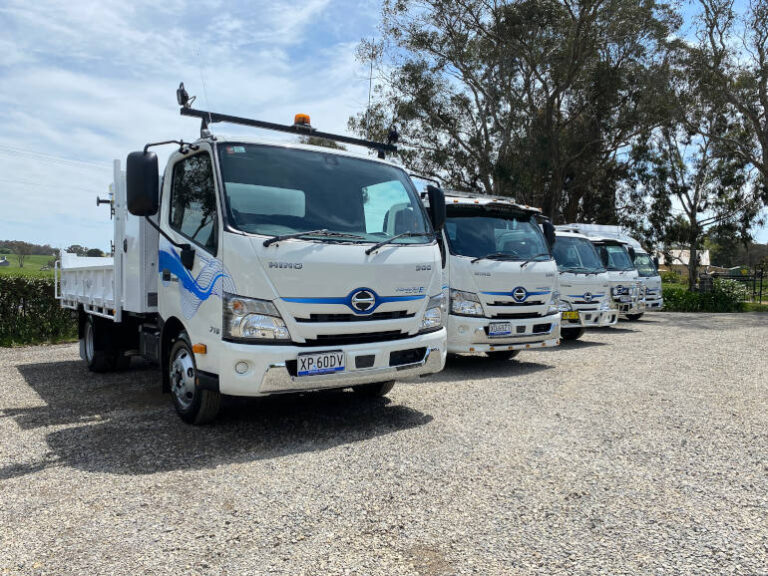At the recent Hino business briefing for local media, President and CEO Richard Emery provided insights into the company’s sales performance and future projections, marking a strategic recalibration amid shifting market conditions. Emery shared that while Hino is on track to achieve its sales targets for the year, a drop in new order volumes and a softening in specific segments has prompted a measured approach to navigating the near future. These market trends, Emery highlighted, are pushing Hino to focus on streamlining its processes and ensuring consistent value for its customer base.
Sales targets and market performance
Hino Australia’s 2024 sales target is projected to land in the high 5,000s, slightly below last year’s tally of 5,818 units but within expectations, provided the company can clear its order bank and deliver trucks as planned. Looking forward, Emery outlined a slight dip in 2025 sales, anticipating figures in the mid-5,000s, owing to a production gap as the company transitions to Euro 6 models in late 2025. This shift is a natural part of Hino’s model update cycle, yet the gap presents some logistical and strategic challenges, Emery noted, as Hino aligns its operations to ensure smooth transitions for dealers and customers alike.
Decline in new orders
A key issue Emery addressed was the downturn in new order volumes in 2024, with demand notably softening in the light-duty segment—particularly among smaller businesses and sole operators. Emery cited a “settling” in the market after a period of sustained post-COVID growth driven by government incentives and pent-up demand. He explained that while corporate demand from larger fleets remains stable, smaller businesses have been pulling back as broader economic conditions put pressure on discretionary spending.
This slowdown, according to Emery, is also partially due to Australia’s evolving regulatory environment and shifts in customer preferences. Many customers, especially in the light-duty sector, are reconsidering their investment in new vehicles amidst rising interest rates and inflationary pressures, which have prompted businesses to carefully evaluate vehicle purchases.
Challenges in body building and delivery
Emery highlighted ongoing issues in the local body-building industry, which have led to longer lead times for customers. Trucks awaiting body builds now take over 120 days on average to complete, adding pressure on Hino’s supply chain and dealership network. These delays have had an impact on sales turnover, as vehicles sitting in body-building queues cannot be delivered and turned into revenue promptly.
To counteract this, Emery detailed Hino’s strategic initiatives to enhance its Built to Go (BTG) range, which provides a selection of pre-built body options. By increasing control over the body-build process, Hino aims to reduce lead times and improve cash flow for both Hino and its dealership network, ensuring that trucks are delivered in a timely manner despite fluctuating demand.
A sustainable approach to long-term growth
Despite the recent market challenges, Emery remains optimistic about Hino’s long-term prospects in Australia. With the Euro 6 transition planned, Hino is focusing on enhancing its hybrid electric offerings, where order volumes continue to rise steadily. This shift aligns with Hino’s commitment to sustainability and positions the company well as demand for low-emission solutions grows in the medium-duty segment.
Emery’s business update for 2024 underscored a careful balance between managing short-term pressures and positioning Hino for sustainable growth in a competitive market. By streamlining operations, addressing structural issues in body building, and expanding its hybrid range, Hino Australia is making strides to not only meet sales targets but also build resilience for future opportunities in Australia’s evolving transport landscape.






